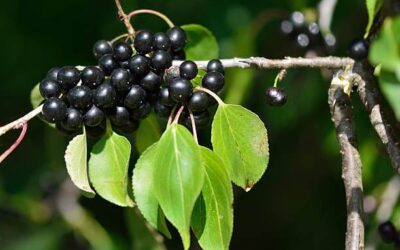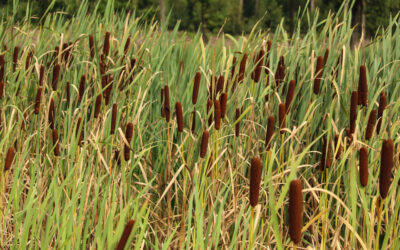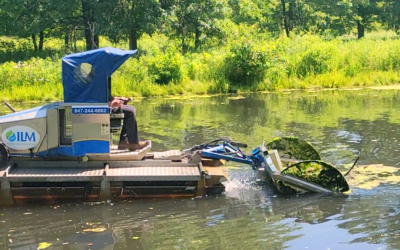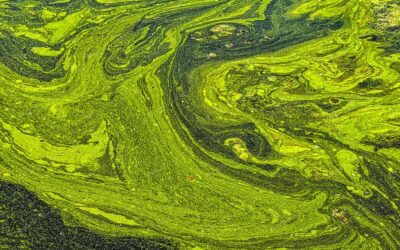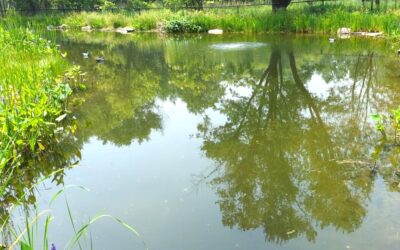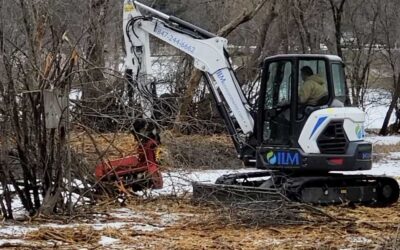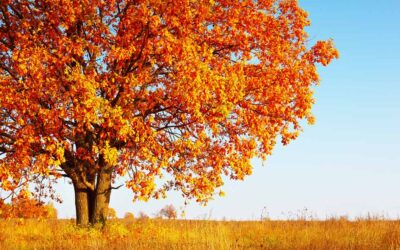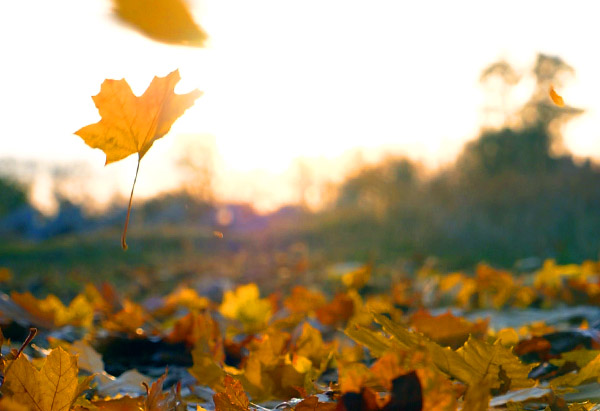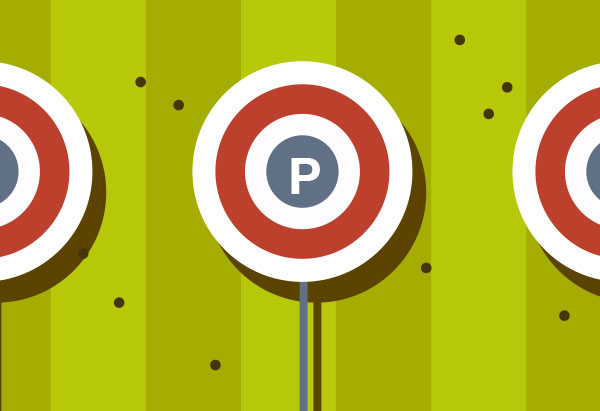A Guide to Buckthorn Buckthorn is an aggressively invasive plant species that threatens the health of native plants and animals in environments across the United States. To maintain a healthy, balanced ecosystem, you need to remove buckthorn from your property....
Meet the Callery Pear: The Invasive Species Threatening Midwest Ecosystems
Once favored for its beauty and rapid growth, the Callery Pear has become an invasive menace in the Midwest.
Cattail Management: How to Control Cattails in Your Pond
If you pass by any water-related environment that has been left in the hands of Mother Nature, you’ll probably see cattails. These perennials are some of the most common aquatic plants, particularly in ponds, lakes, and marshes, that can grow 5-10 feet in height. Even...
Manual Harvesting
When aquatic plants are fully grown and have reached the surface of your lake or pond (we call this “topping out”), manually removing them using specialized equipment is often the best solution. This entails raking, pulling, or cutting the plants and removing them from the water. Manually removing excessive aquatic plants from a lake can offer several benefits
The Algae Dilemma
Plants and algae are essential for all living things. However, excessive algae growth, often called an algae bloom, can negatively affect a lake’s ecosystem and surroundings. ILM explores some of the reasons why too much algae can be detrimental.
Growing Defenses
The emergent zone in a lake refers to the area along the shoreline where emergent plants grow. These plants are rooted in the sediment beneath the water but extend above the surface, often forming a dense vegetation belt along the water’s edge.
Winter Woody Work
Winter is a great time to work on improving our woodland habitats. “Winter woody work” involves removing invasive tree and shrub species and sometimes thinning aggressive native woody species. Why is winter the best season for this work? Some of the...
Ponds in Winter
Ponds in Winter Do you ever wonder what is happening with your pond during the winter? While many people think “nothing,” a lot is happening below the surface. Here in the Midwest, lakes and ponds are typically subjected to some period of freezing during the...
Effective Lake Management – Timing is Everything!
Controlling algae and aquatic vegetation is often necessary to maintain a balance within a lake ecosystem. Timing herbicide treatments or mechanical harvesting to coincide with plant growth cycles maximizes effectiveness while minimizing impacts on desirable native...
OAKtober
Celebrating Oaktober OAKtober is a time to celebrate the majestic oak. Oak trees are a keystone species, meaning they are trees that entire ecosystems depend on for survival and habitat. Oak acorns provide food for more than 100 vertebrate species of wildlife, and a...

